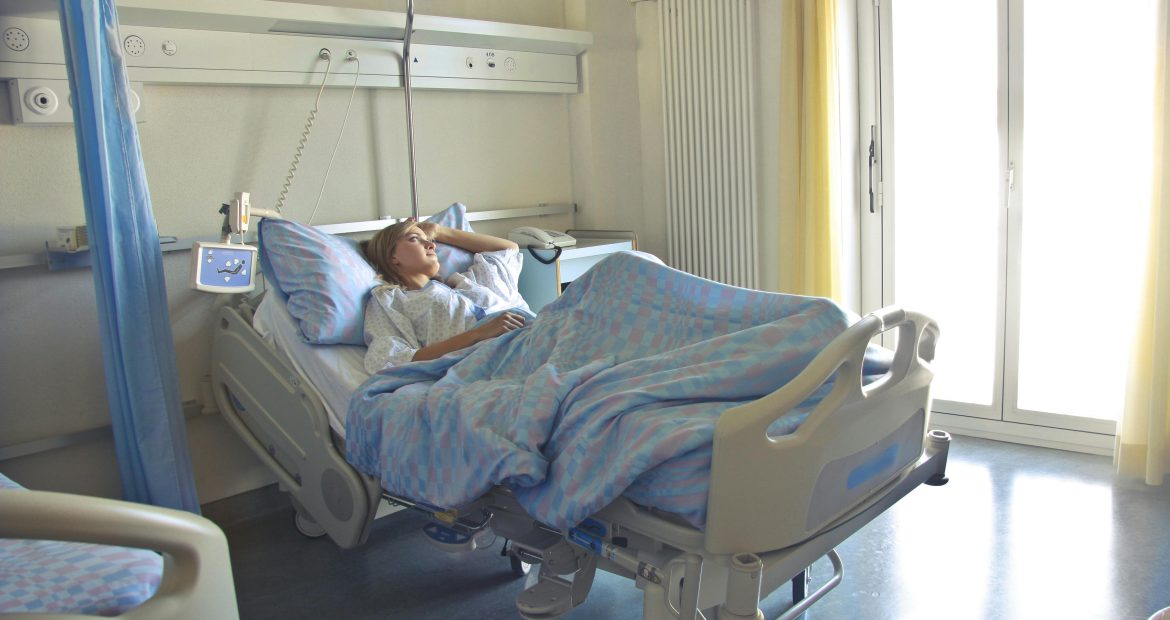Privacy Glass for Healthcare and Educational Institutions
July 25, 2024The modern world demands a delicate balance between openness and privacy. This is especially true in sectors like healthcare and education, where maintaining a sense of security and comfort is paramount. Thankfully, privacy glass technology offers a unique solution, transforming physical spaces to seamlessly switch between transparency and opacity. Let’s delve into the specific applications of privacy glass within healthcare and education, exploring how it fosters a more positive and productive environment for both patients and students.
Privacy Glass for Healthcare: A Beacon of Comfort and Care
Healthcare facilities juggle numerous priorities: ensuring patient well-being, efficient staff collaboration, and maintaining infection control. Privacy glass proves to be a valuable asset in achieving these goals:
-
Enhanced Patient Privacy: Examination rooms, consultation areas, and even recovery units can benefit from privacy glass. With a simple switch, medical professionals can create a visually isolated space for patients to undergo examinations, discuss sensitive topics, or simply rest comfortably, knowing their privacy is respected.This reduces anxiety and fosters a sense of dignity, leading to a more positive patient experience.
-
Infection Control: Privacy glass windows can be particularly beneficial in isolation wards or areas prone to outbreaks. By allowing staff to visually monitor patients without physically entering the room, the risk of spreading infections is significantly reduced. This not only protects patients but also safeguards healthcare workers.
-
Staff Wellbeing: Privacy glass isn’t just for patients. Staff break rooms, lactation areas, and consultation spaces can all leverage this technology. Doctors, nurses, and other healthcare professionals can unwind and recharge in a private space without feeling constantly on display. This translates to reduced stress levels and improved morale,ultimately leading to better patient care.
-
Improved Observation: Certain situations in healthcare require close monitoring without disrupting the patient’s privacy. Privacy glass in intensive care units (ICUs) and nurseries allows medical personnel to observe patients discreetly. This enables timely intervention in critical situations while maintaining a calm and controlled environment.
Privacy Glass in Education: Fostering Focus and Flexibility
The learning environment thrives on a balance between focused individual work and collaborative activities. Privacy glass plays a crucial role in creating such a dynamic space:
-
Concentration Zones: Privacy glass partitions within classrooms can create designated areas for students who require a distraction-free zone to complete assignments or take tests. This caters to students with varying learning styles and attention spans, promoting a more inclusive learning environment.
-
Flexible Learning Spaces: Classrooms can be transformed into smaller, more focused learning pods with the help of privacy glass partitions. This allows for differentiated instruction, where teachers can tailor their approach to smaller student groups with specific needs. Additionally, privacy glass can be used to create breakout rooms for group discussions or project work within a larger classroom, fostering collaboration without sacrificing overall classroom flow.
-
Improved Teacher-Student Interaction: Privacy glass conference rooms within classrooms can provide a designated space for one-on-one meetings or small group discussions. This allows teachers to address individual student needs or concerns in a private setting, fostering trust and open communication.
-
Privacy for Specialized Areas: Privacy glass is also beneficial for areas within schools that require a higher degree of privacy, such as counseling offices, testing centers, or lactation rooms for staff. This ensures a sense of security and comfort for students and staff alike.
Beyond the Benefits: Considerations for Privacy Glass
While privacy glass offers a multitude of advantages, it’s important to consider certain factors before implementation:
-
Cost: Privacy glass technology can be more expensive than traditional windows. However, the long-term benefits in terms of improved patient and staff well-being, along with increased efficiency, can justify the initial investment.
-
Light Control: While some privacy glass offers a frosted appearance when switched to opaque mode, it’s important to ensure sufficient natural light penetration, especially in healthcare and educational settings.
-
Control Systems: The ease of use of the privacy glass control system is crucial. Consider options that are intuitive and accessible for staff in both healthcare and education settings.
The Future is Bright (or Opaque!)
Privacy glass technology is constantly evolving, offering new possibilities for healthcare and education. Future advancements might include voice-activated controls, integration with building management systems, and even self-tinting glass that adapts to ambient light conditions. As the technology matures and becomes more affordable, we can expect privacy glass to become an even more ubiquitous feature in creating optimal environments for learning, healing, and overall well-being.
In conclusion, privacy glass is not merely a technological innovation; it’s a tool for creating a more human-centric approach to healthcare and education. By fostering a sense of privacy, security, and comfort, this technology paves the way for a more positive and productive experience for both patients, students, and staff alike.


